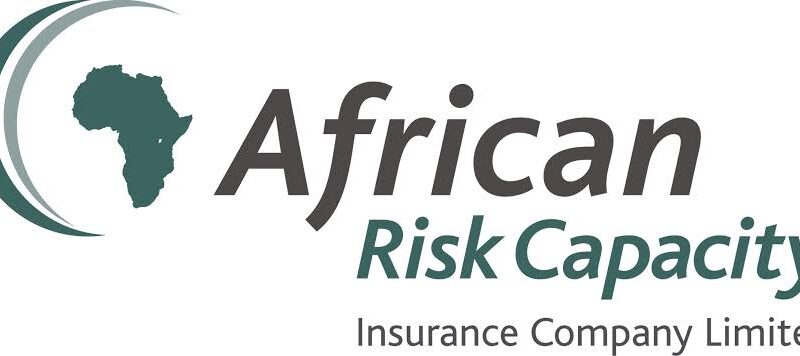ARC plans to increase cost-efficiency, capacity
By Favour Nnabugwu
The African Risk Capacity (ARC), a provider of parametric disaster insurance products to countries and now other entities in Africa, plans to increase its capacity and cost-efficiency for country members remains key.
Getting African governments on-side to purchase disaster insurance in parametric form has been key and donors have, as you’d expect, played an important role in premium payments at times.
But ARC’s real mission is to scale and create efficiencies so that countries can afford to participate and see the benefit of doing so as well.
Speaking at a meeting of ARC member states, Class A &C members and funding donor partners, ARC Limited CEO Lesley Ndlovu explained the value proposition, “In the history of ARC, we have paid about US$125 million in claims and half of that was in last year’s Pool 8. We are extremely happy when we pay claims because these go towards meeting the needs of Africa’s most vulnerable people. These pay-outs also demonstrate the value of the insurance mechanism.”
Ndlovu also noted the importance of access to broader global risk transfer markets, something ARC has leveraged since it was first launched, having had a reinsurance program placed with major reinsurers and at times some ILS fund participation.
“The fact that about half of the claims paid were paid by the insurance market means that ARC is able to take weather-related risks on the African continent and seed them into global markets such that when there’s a disaster on the African continent, part of the payment for the cost of that disaster also comes from the global reinsurance markets, again demonstrating the value of having a mechanism like ARC,” Ndlovu said.
Ndlovu also explained that ARC continues to pilot new risk transfer products, including parametric flood insurance and a pandemic risk transfer product.
In addition, ARC Limited still aims to broaden its risk pool further than pure sovereign parametric insurance as well.
This is important, as it could help ARC grow the parametric risk pool far more quickly, increasing the reinsurance market efficiencies that are possible and the diversification of the risk pool as well.
The introduction of micro and meso insurance products is already underway, with a number of parametric pilot projects in progress, Ndlovu explained.
But the sovereign risk transfer will remain core to ARC’s mission, it seems, with Ndlovu explaining the need to get more African nations onboard and buying protection from the risk transfer provider.
“Currently, we have 13 countries that participate out of 55 on the African continent. We need more to participate, and are also working very hard to bring partners into the ecosystem so we are able to overcome the two main barriers we face in the growth of insurance – the affordability of premiums and increasing capacity building so there is greater understanding of the role of insurance in disaster risk management,” Ndlovu said.
Capacity building should not be a problem, as African disaster risks are an attractive diversifier for global reinsurance and insurance-linked securities (ILS) providers, the only issue remains price and this is where scale could be critical for ARC.
By increasing its scale and expanding its risk pool, ARC will have more risk to cede to global reinsurance and ILS markets, driving the economies of scale that can result in reinsurance market efficiencies.
Concluding his speech at the event Ndlovu said, “We all know that Africa is a continent that is most exposed to climate-change-related risks and with ARC we have in our hands an instrument that can play a vital role in creating the solution to protect the most vulnerable African citizens against the worst impacts of extreme weather. It really is up to us to make this initiative a success.

